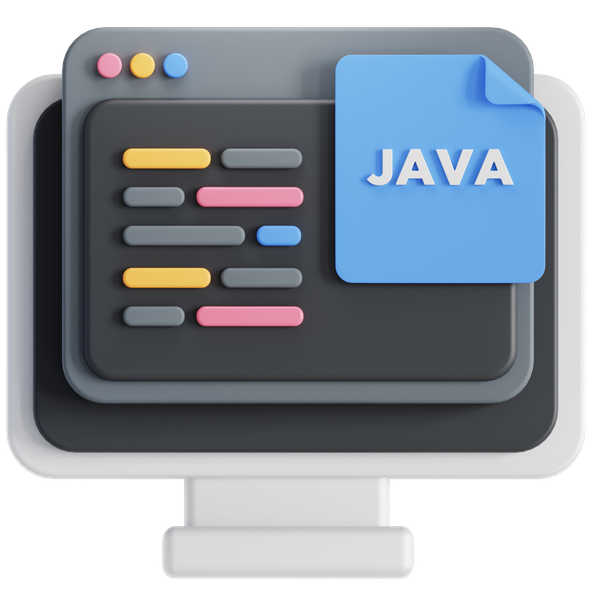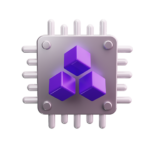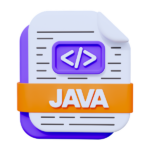Java is a powerful, versatile, and widely-used programming language designed to be simple and platform-independent. Whether you’re looking to build web applications, mobile apps, or enterprise-level systems, Java provides the foundation to make it happen. If you’re just starting out, understanding the basics of Java and its core components is essential.
What is Java?
Java is an object-oriented, class-based, and high-level programming language. Developed by Sun Microsystems (now owned by Oracle), Java follows the principle of “Write Once, Run Anywhere” (WORA). This means Java programs can run on any device that has a Java Virtual Machine (JVM), making it platform-independent.
JRE, JDK, and JVM
To truly understand Java, you need to familiarize yourself with its three main components:
- Java Virtual Machine (JVM):
The JVM is the runtime environment that executes Java bytecode. It acts as an intermediary between your Java program and the underlying operating system, ensuring platform independence. JVM performs tasks such as:- Loading, verifying, and executing code.
- Managing memory through garbage collection.
- Providing runtime security.
- Java Runtime Environment (JRE):
The JRE is what enables your system to run Java applications. It includes:- The JVM.
- Core libraries and classes essential for running Java programs. If you’re only looking to run Java applications and not develop them, installing the JRE is sufficient.
- Java Development Kit (JDK):
The JDK is a complete development toolkit for creating Java programs. It includes:- The JRE.
- Development tools like
javac(Java Compiler),java(Launcher), andjavadoc(Documentation generator). - Debuggers and tools necessary for writing and testing Java code. If you’re a developer, the JDK is what you need to build and compile your Java applications.
Getting Started with Java Programming
To start programming in Java:
- Install the JDK: Download and install the latest version of the JDK from Oracle’s official website.
- Choose an IDE or Text Editor: Popular IDEs like IntelliJ IDEA, Eclipse, or Visual Studio Code can help you write, debug, and run your Java code efficiently.
- Write Your First Program: Create a file called
HelloWorld.javaand add the following code:public class HelloWorld { public static void main(String[] args) { System.out.println("Hello, World!"); } } - Compile and Run the Code:
- Use the
javaccommand to compile the code:javac HelloWorld.java - Use the
javacommand to run the compiled program:java HelloWorld
- Use the
Conclusion
Java is an excellent choice for beginners due to its readability, extensive documentation, and active community. By understanding the roles of JVM, JRE, and JDK, you’ll have a solid foundation to build your knowledge and start creating robust Java applications. Happy coding!



